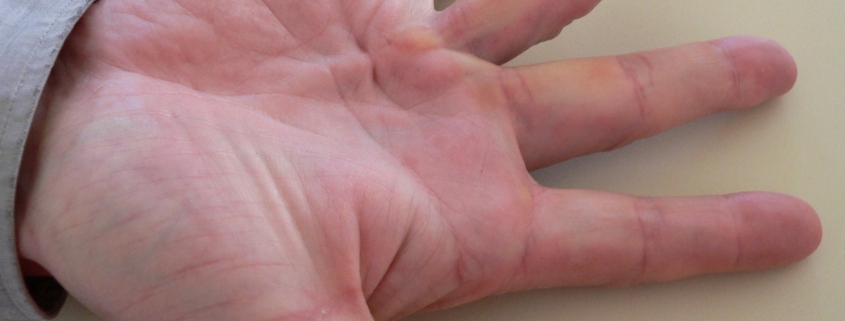
Dupuytren’s Contracture Surgery
Overview
Dupuytren’s contracture is a medical condition where fibrous tissue in the palm of the hand tightens and contracts over time. This can cause one or more fingers to progressively bend inwards towards the palm, restricting day-to-day hand movement. Initially causing just discomfort, if left untreated, this common condition can gradually impair the hand’s functionality.
Types
While Dupuytren’s contracture primarily impacts the hands, a related condition known as Ledderhose’s disease can impact the feet. In both, abnormal thickening and tightening of the connective tissues lead to progressive deformity and restricted movement.
Causes
The exact cause of Dupuytren’s contracture remains unknown, but several risk factors can contribute to its development. These include:
– Age: The condition typically develops after the age of 50.
– Gender: Men are more likely to develop the disease.
– Family history: Dupuytren’s contracture tends to run in families.
– Tobacco and alcohol use: Both have been linked to the disease.
– Diabetes: People with diabetes are more prone to the condition.
Symptoms
Symptoms usually appear gradually over several years and can affect one or both hands. They include:
– Lumps or nodules in the palm
– Thickening of the skin
– Fingers drawn into the palm
Diagnosis
A physical examination is generally sufficient to diagnose Dupuytren’s contracture. The doctor may perform the “tabletop test,” where the patient attempts to flatten their hand on a flat surface. Failure to do so indicates the presence of the disease.
Treatment Options
Depending on the severity and progression of the disease, the doctor may suggest several treatment options:
– Observation: If symptoms are mild and not progressing rapidly, the doctor may recommend frequent check-ups.
– Physical therapy: Special exercises can improve hand strength and flexibility.
– Medications: Drugs like corticosteroids can help to slow the disease’s progression.
– Needling: A needle is used to puncture and break up the tissue causing the contractures.
– Enzyme injections: These can help to soften and break down the affected tissue.
– Surgery: In advanced stages, surgery can remove or release the tight tissue.
Living With Dupuytren’s Contracture Surgery
Post-surgery, patients are advised to participate in physical therapy to regain hand strength and flexibility. It may also help to:
– Modify daily activities
– Use assistive devices for grasping
– Apply heat before activities and cold afterwards
When to Seek Help
You should seek immediate medical attention if you:
– Notice changes in the ability to flex and extend your fingers
– Find daily activities difficult due to hand limitations
– Experience persistent pain in your hands or fingers
While Dupuytren’s contracture can cause significant discomfort and disruption, an early diagnosis and appropriate treatment can help manage the symptoms and improve hand functionality. If you are experiencing any symptoms associated with the disease, don’t hesitate to reach out to a healthcare professional.
